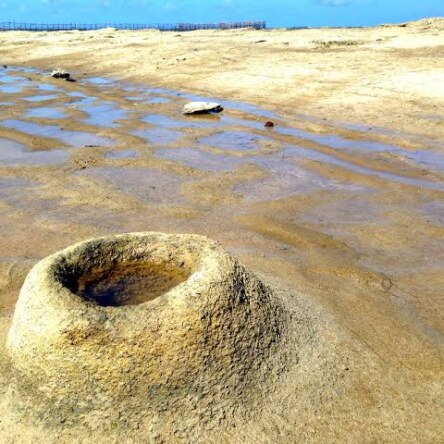How are biosystematics, taxonomy, and evolution interconnected, and why are they important in understanding biodiversity?
Importance of Ocean Biodiversity 1. Regulation of Climate: Marine organisms like phytoplankton produce over 50% of the Earth's oxygen and absorb significant amounts of carbon dioxide, helping regulate the planet's climate. 2. Food Security: Oceans provide a primary food source for billions of peopleRead more
Importance of Ocean Biodiversity
1. Regulation of Climate: Marine organisms like phytoplankton produce over 50% of the Earth’s oxygen and absorb significant amounts of carbon dioxide, helping regulate the planet’s climate.
2. Food Security: Oceans provide a primary food source for billions of people worldwide. Marine biodiversity ensures the stability of fish populations and other seafood critical for human consumption.
3. Ecosystem Services: Coral reefs, mangroves, and seagrass beds protect coastlines from erosion and storms while supporting diverse marine life.
4. Medicine and Resources: Many medicines, including antibiotics and anticancer drugs, are derived from marine organisms. A healthy ocean offers untapped potential for future discoveries.
Consequences of Disrupting Marine Ecosystems
1. Climate Imbalance: Destruction of ocean biodiversity disrupts the carbon cycle, leading to increased atmospheric CO2 and accelerating global warming.
2. Loss of Species: Overfishing, habitat destruction, and pollution lead to the extinction of marine species, causing a ripple effect throughout the food web.
3. Economic Impact: Coastal communities reliant on fishing and tourism suffer significant economic losses when marine ecosystems degrade.
4. Threat to Human Health: Harmful algal blooms, exacerbated by nutrient runoff and warming waters, can contaminate seafood and water supplies, posing health risks.
How to Protect Ocean Biodiversity
Marine Protected Areas: Expanding and effectively managing marine reserves safeguards biodiversity.
Sustainable Practices: Reducing overfishing, curbing pollution, and adopting sustainable seafood choices are crucial.
Global Collaboration: International efforts like the United Nations’ Sustainable Development Goal 14 aim to conserve and sustainably use ocean resources.
The ocean’s biodiversity is indispensable for maintaining Earth’s climate, providing resources, and sustaining life. Disrupting marine ecosystems not only harms the ocean but also poses severe challenges to global health, economy, and survival. Preserving marine biodiversity is not just an environmental priority but a necessity for humanity’s future.
See less











Biosystematics, taxonomy, and evolution are deeply interconnected fields that work together to enhance our understanding of biodiversity. These disciplines help us classify, study, and understand the relationships between living organisms, their origins, and their diversification over time. Here's hRead more
Biosystematics, taxonomy, and evolution are deeply interconnected fields that work together to enhance our understanding of biodiversity. These disciplines help us classify, study, and understand the relationships between living organisms, their origins, and their diversification over time. Here’s how each field contributes and how they are linked:
Interconnection Between the Fields
Importance in Understanding Biodiversity
Biosystematics, taxonomy, and evolution are intricately linked fields that provide essential insights into the classification, relationship, and diversification of life forms. Together, they form the foundation of our understanding of biodiversity, offering tools for conservation, ecological studies, and more.
See less